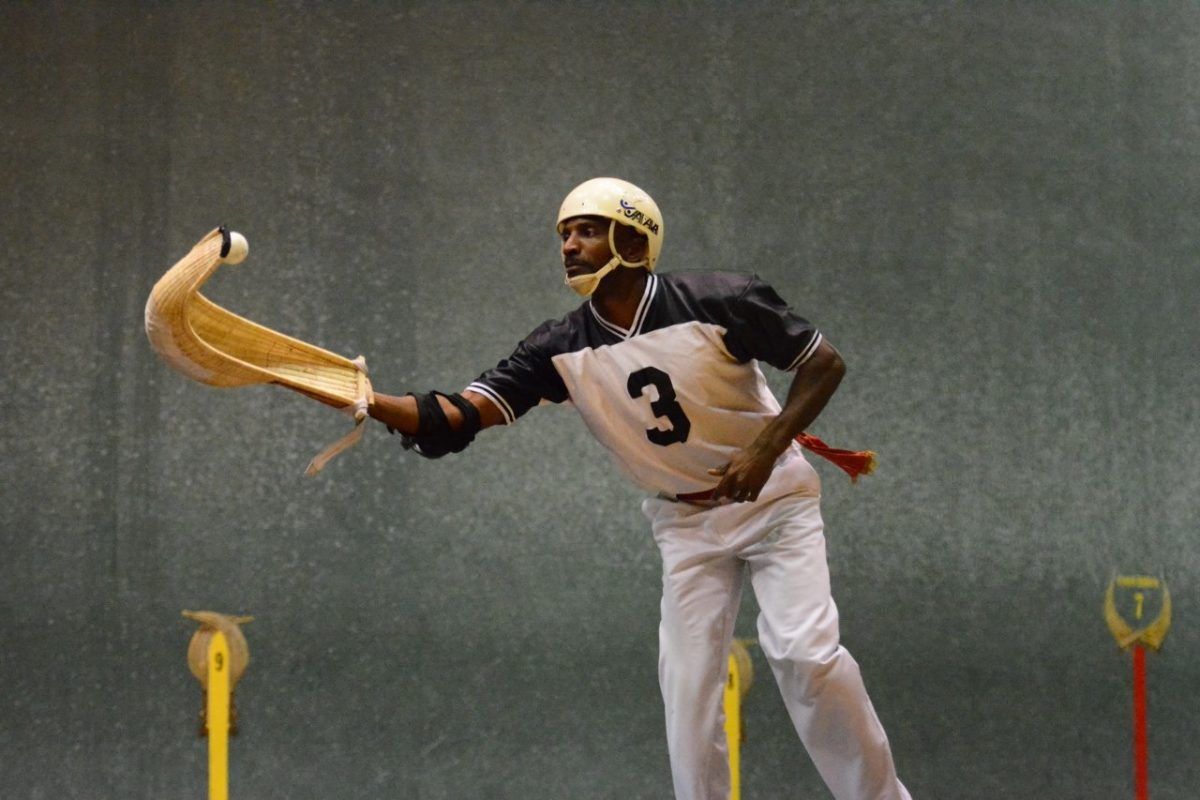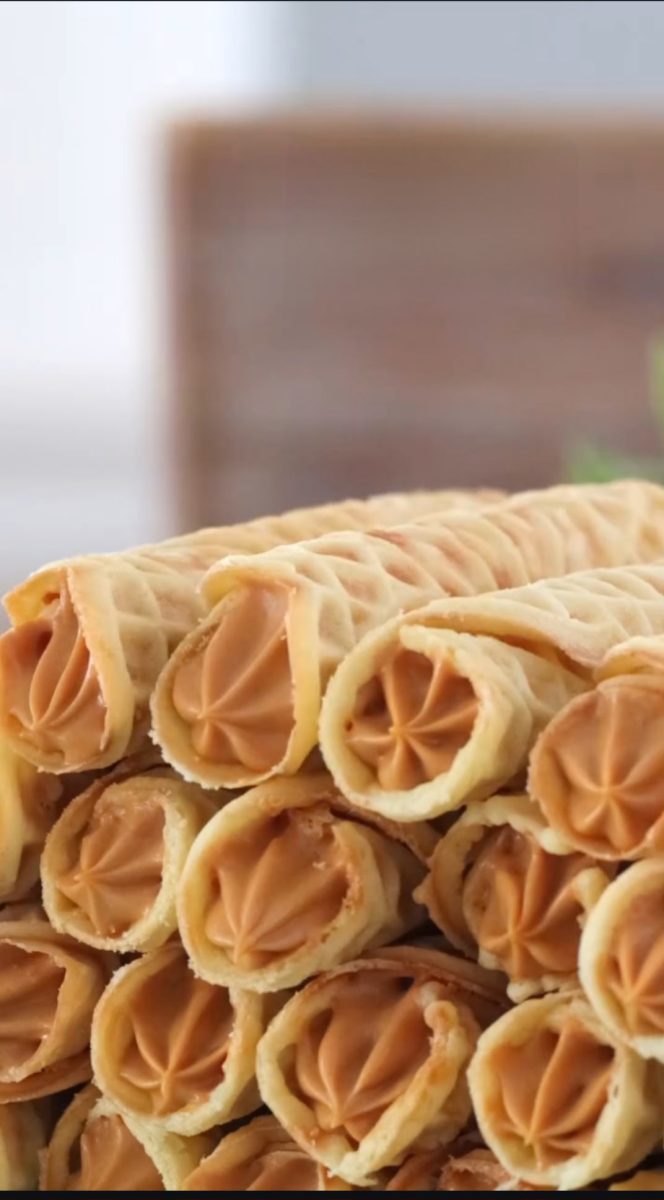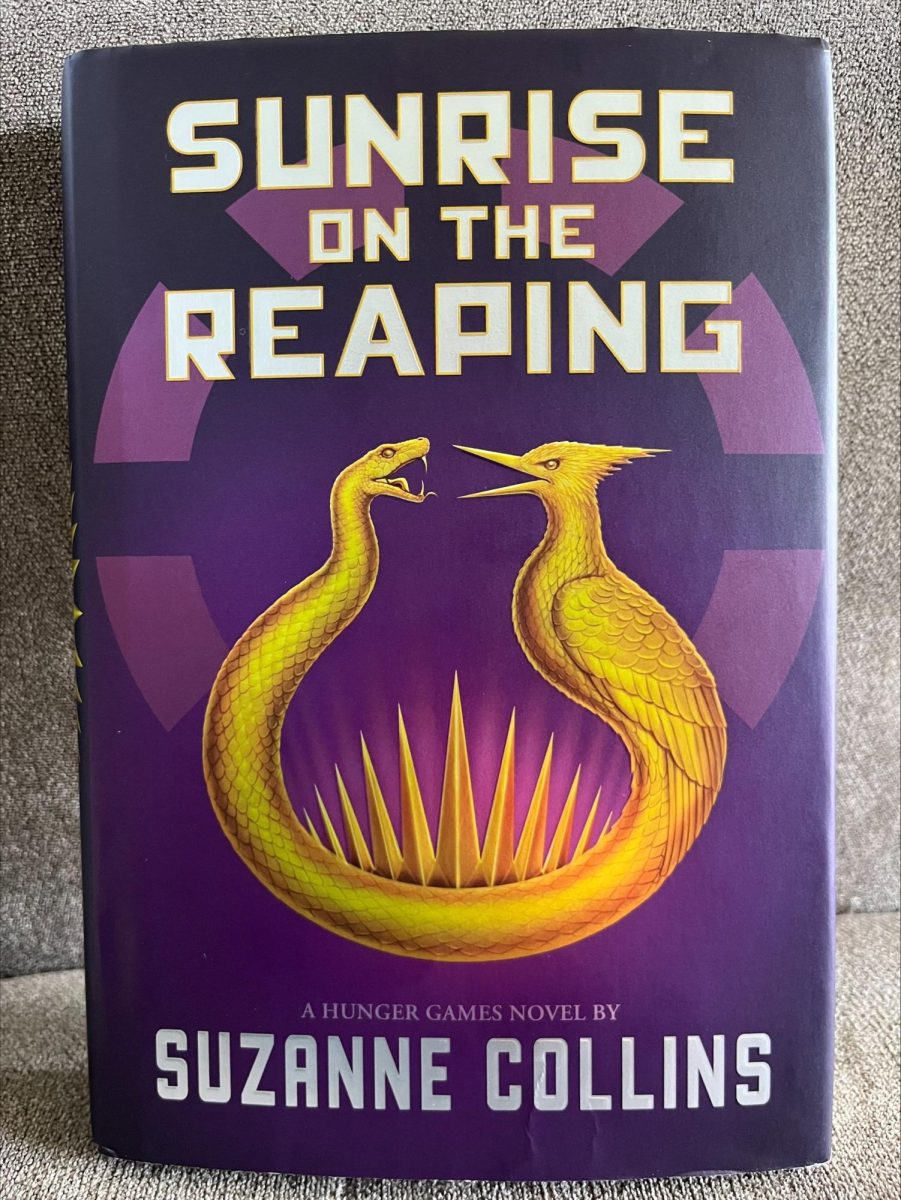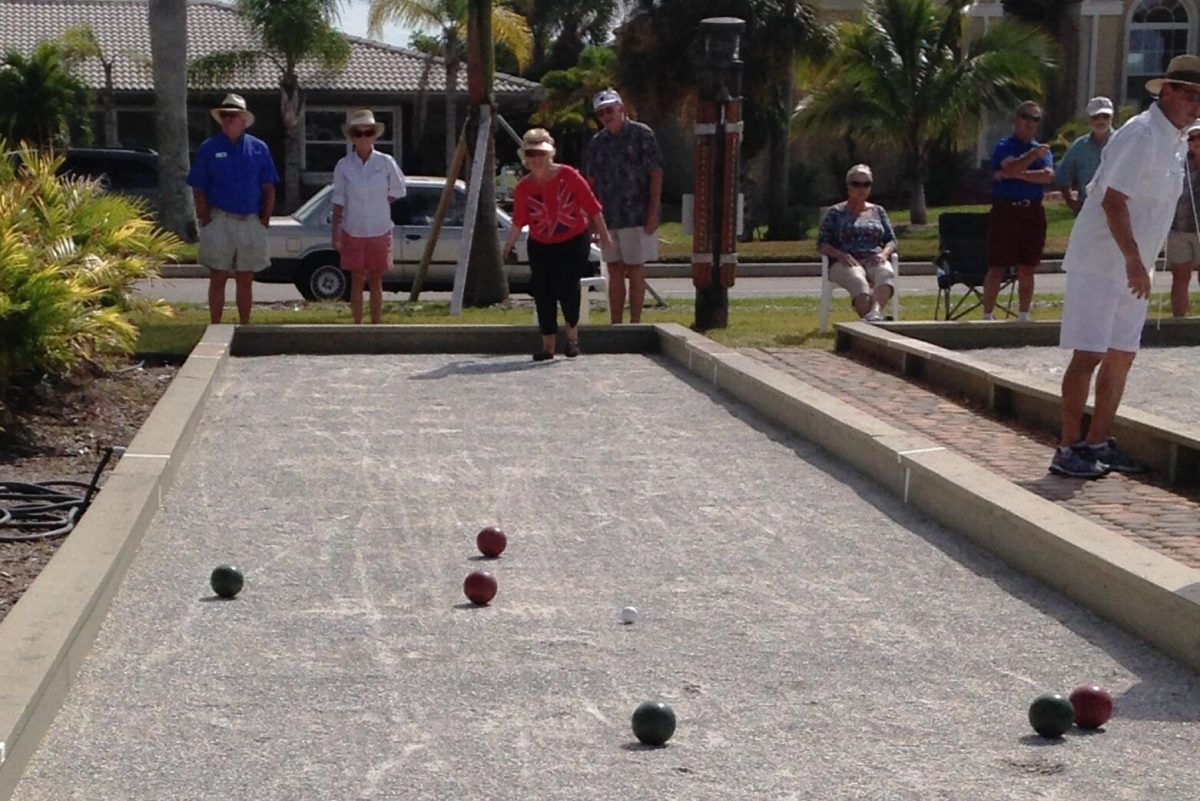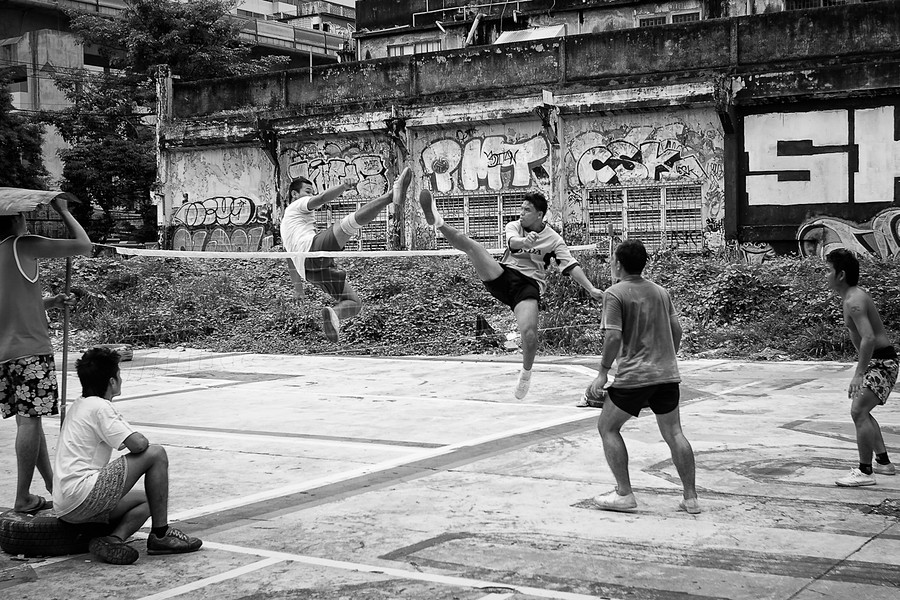For this issue of Weird and Wacky Sports, we’ll be talking about a little-known game called “Jai-Alai.” Originating in the Basque Region of Spain, the ball sport Jai-Alai (pronounced “high lie”) began in the 17th century. The game was originally played at churches on Sundays, hence the name Jai-Alai, meaning “merry festival” in Basque. Originally, the game was played just by throwing a hard ball against a wall, similar to the modern kids’ playground game “wall-ball,” and the popular sport racquetball. As the game evolved to a more formal and well-known pastime, the equipment began to evolve. At the end of the 1700s, players were wearing leather gloves similar to baseball gloves to protect their hands, and by the late 1800s, the “cesta” was introduced. A cesta is a woven curved basket used to hurl the ball at very high speeds, and the alternate name of jai alai was named after the cesta: “cesta punta,” translated to mean “basket tip.”
Jai-Alai courts, called “frontons,” are unique from courts used by other similar sports. The courts have three walls made of granite in order to withstand the high speeds of the ball. There are 14 horizontal lines on the playing surface marking where to serve and where the ball must be served. Either two or four people play in one match (doubles or singles) like tennis. The ball is served against the tallest wall, and then the other team must catch and sling the ball back against the wall. This goes on until the ball goes out of bounds or one team is not able to return the ball.
Jai-Alai was most popular in Spanish-speaking countries, spreading from Spain to Mexico, Cuba and the Philippines. But during the early 1900s, Jai-Alai was introduced to America at the 1904 World’s Fair. The game quickly became popular as a spectator sport, and the courts could be found all around the country. The most popular states for Jai-Alai were Florida and Connecticut, with around 10 fronton courts being open in Florida at one point. Throughout the mid-1900s, the sport kept gaining popularity, especially for the gambling aspect, similar to horse and dog racing. The highest recorded number of spectators at any Jai-Alai match in the US was 15,502 people at the fronton court in Miami, in 1975. This court is the only one still operating in the US today and is only used for gambling purposes.
Perhaps one of the reasons Jai-Alai has decreased in popularity is the danger of playing the sport. Multiple fatalities and serious injuries have been reported due to the high speed the ball is thrown at. However, the sport has been cemented as a trademark of Basque culture, and it will be remembered through the fronton courts built around the world.


